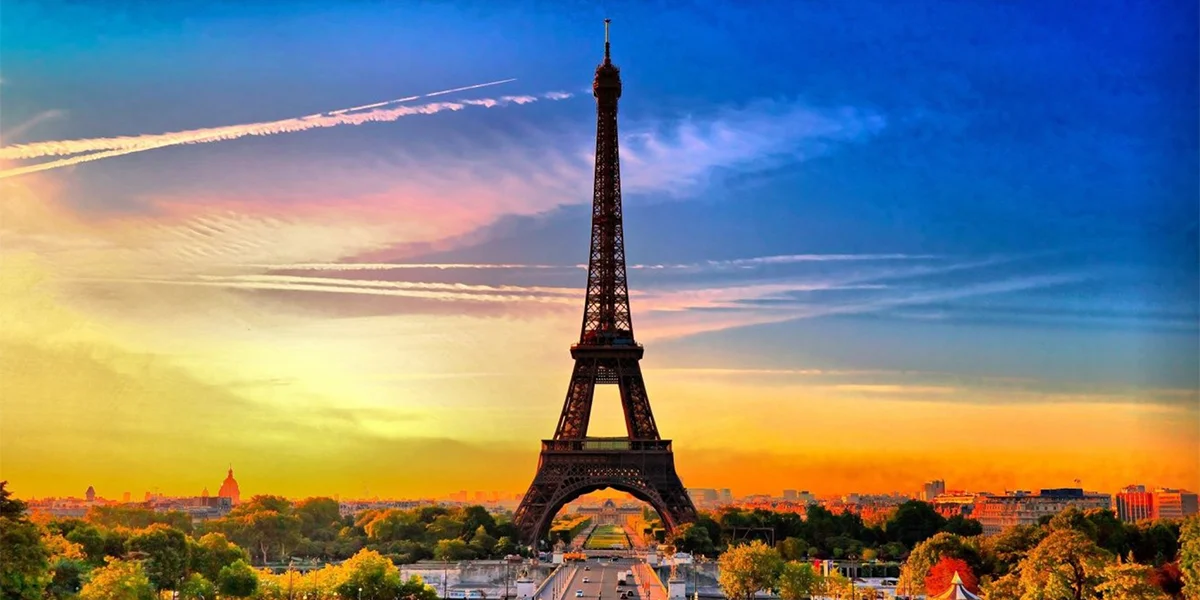Paris may be best known for its iconic landmarks—the Eiffel Tower, the Louvre, the Champs-Élysées—but its soul is scattered in the shadows, down narrow alleyways, behind ancient wooden doors, and beneath the cobblestones. Beyond the glittering façades, a different city awaits—quieter, richer in mystery, and woven with forgotten tales. This Paris isn’t found on postcards; it’s uncovered in the subtle hush of covered passages and in the forgotten corners that echo with the whispers of centuries past.
For travelers booking through Travelodeal, they get to see more of the City of Light than the familiar shine—it’s the stories that linger in silence that often leave the strongest impression. Wander away from the main boulevards, and you’ll stumble upon enchanting secrets—hidden arcades like Passage Jouffroy and Passage des Panoramas, where wrought iron meets glass and time appears to pause. These architectural relics of the 19th century were once the domain of intellectuals, merchants, and dreamers. Today, they provide a glimpse into a slower, more reflective Paris. Exploring them on a Paris vacation adds unexpected depth to your journey. These are not just walkways; they are timelines paved in tile and memory.
If you’re planning a Paris vacation packages experience that captures the city’s less touristy charms, these passages and their surrounding quarters offer just that. Whether it’s an antique bookstore tucked beneath a faded awning or a forgotten statue in a quiet square, every discovery feels personal. Unlike the grand boulevards, which shout their splendour, these spots whisper theirs. And for those lucky enough to design their Paris travel tour package around such explorations, the rewards are as rich as they are rare.
Arcades of Art and Memory
The covered passages of Paris are more than architectural marvels; they’re cultural time capsules. Some, like Galerie Vivienne, are polished and elegant—others, like Passage Brady, are bursting with color and multicultural vibrance. Walking through these glass-roofed lanes offers a kind of urban storytelling that unfolds one boutique, café, and curiosity shop at a time. You might sip espresso where a famous poet once wrote or browse a vinyl shop where time stands still. Every inch is layered in memory.
Many of these passages have survived revolutions, renovations, and even neglect. Their endurance is part of their charm. They represent Paris’s ability to hold on to its soul, even as its skyline changes. They’re also portals to local life—places where Parisians still gather, chat, shop, and linger without the rush of the outer world.
Beyond the Boulevards
Hidden away from tourist trails are the alleys that wind through Le Marais, the Left Bank, and Butte-aux-Cailles. Here, faded plaques tell of forgotten poets and revolutions past. Ivy climbs across medieval walls. Secret gardens open behind nondescript doors. These are places where the city’s heartbeat slows, and its history feels alive.
In Montmartre, for example, beyond the postcard view of Sacré-Cœur, lies Rue de l’Abreuvoir—one of Paris’s oldest and prettiest streets, where cobblestones carry the footfall of countless artists and lovers. In the Latin Quarter, narrow streets like Rue Mouffetard come alive with local flavor, market chatter, and the scent of fresh crepes wafting through the air. These corners resist modernity with stubborn charm, insisting that the past still has a place in the present.
Conclusion: A Different Kind of Discovery
Paris has never just been about the sights; it’s about the feel—the soft romance of a moment, the layered stories in a single street, and the thrill of discovering something untouched by time. For those willing to explore its quieter corners, the city offers a more intimate connection—a chance to experience its hidden soul.
Whether you’re stepping through a forgotten passage or pausing in a shadowed courtyard where time seems to stand still, your part of a different narrative—one that doesn’t need a guidebook, just a curious heart.





